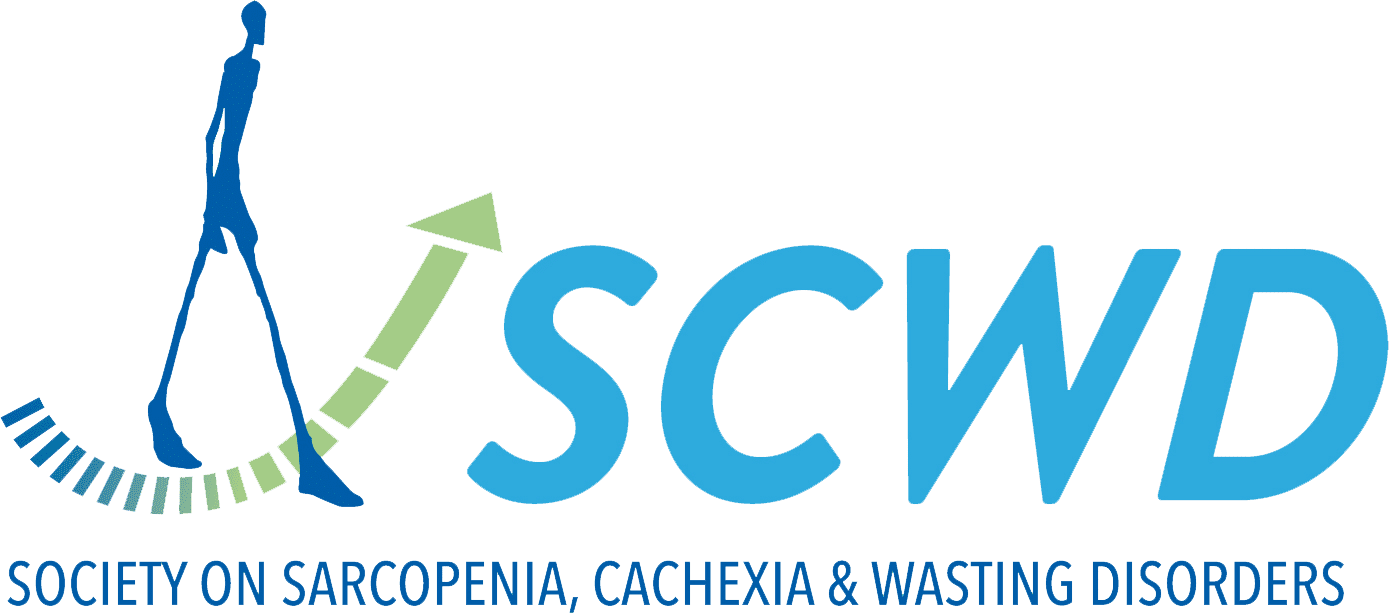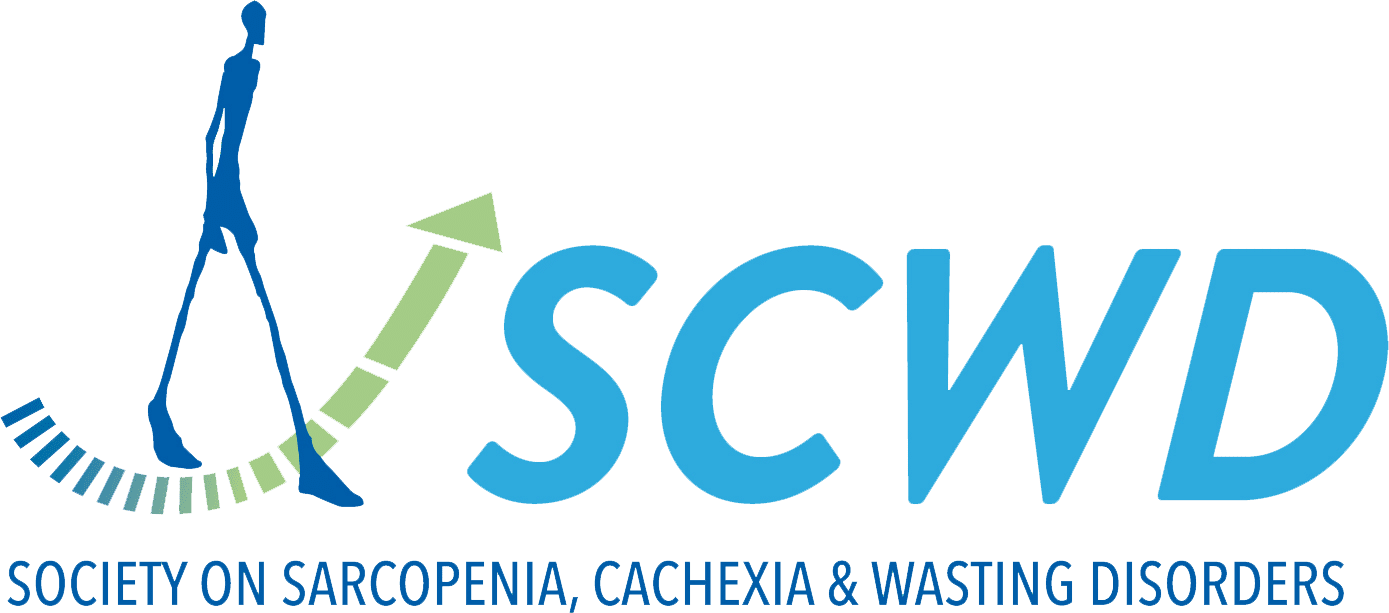Telerehabilitation improves cardiorespiratory and muscular fitness and body composition in older people with post-COVID-19 syndrome.
The effects of post-coronavirus disease 2019 (COVID-19) syndrome on the cardiorespiratory and muscular fitness in older people are of utmost relevance. This study aimed to evaluate the effects of a 12-week telerehabilitation programme on cardiorespiratory and muscular fitness and body composition in older patients with post-COVID-19 syndrome.
One hundred twenty older patients with post-COVID-19 syndrome were randomly assigned to one of two groups: patients who carried out the telerehabilitation programme (n = 60; age: 65.0 ± 5.2; female: 14.2%) and a control group (n = 60; age: 64.3 ± 5.0; female: 24.5%). An incremental cardiopulmonary exercise testing, isokinetic strength test, and bioelectrical impedance analysis were performed to compare cardiorespiratory and muscle strength responses and body composition between telerehabilitation and control groups.
A significant increase in the cardiopulmonary exercise testing duration was found in the telerehabilitation group compared to the control group (mean difference = 88.9 s, P = 0.001). Peak oxygen uptake increased in the telerehabilitation group (mean difference = 3.0 mL·kg·min, P < 0.001) and control group (mean difference = 1.9 mL·kg·min, P < 0.001).
Power output in cycle ergometer (mean difference = 25.9 watts, P < 0.001), fat free mass (mean difference = 2.1 kg, P = 0.004), soft lean mass (mean difference = 2.1 kg, P = 0.003), and skeletal muscle mass (mean difference = 1.4 kg, P = 0.003) only increased in the telerehabilitation group. A significant increase in the power output was observed in the telerehabilitation group compared with the control group in both lower limbs after isokinetic strength test of the leg extension at a speed of 60° (right: mean difference = 18.7 watts, P = 0.012; left: mean difference = 15.3 watts, P = 0.010).
The peak torque of right leg extension increased only in the telerehabilitation group after isokinetic strength test at a speed of 60° (mean difference = 13.1 N·m, P < 0.001). A significant increase in the power output was observed in the telerehabilitation group compared with the control group in the left leg extension after isokinetic strength test at a speed of 180° (mean difference = 30.2 watts, P = 0.003).
The telerehabilitation programme improved cardiorespiratory and muscular fitness, and body composition in older patients with post-COVID-19 syndrome to a greater extent than a control group. The telerehabilitation programmes may be an alternative to improve the sequelae of post-COVID-19 syndrome in older patients.


